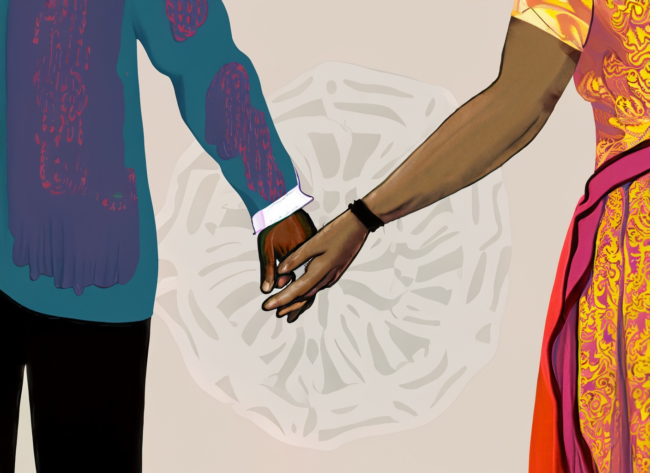Non-verbal communication plays a significant role in human interactions, conveying messages through gestures, facial expressions, body language, and
Non-verbal communication plays a significant role in human interactions, conveying messages through gestures, facial expressions, body language, and other non-verbal cues. However, the interpretation and meaning of non-verbal signals can vary across different cultures. Understanding and navigating these cross-cultural differences is essential for effective communication.
Here are a few examples of cultural differences in non-verbal communication:
- Gestures: Hand gestures can have different meanings across cultures. For example, the “thumbs up” gesture is considered positive in many Western cultures but can be offensive in some parts of the Middle East. It is important to be aware of cultural norms regarding gestures and avoid any that may be misinterpreted or disrespectful.
- Eye Contact: Eye contact is a powerful non-verbal cue, but its appropriateness varies across cultures. In some cultures, direct eye contact is seen as a sign of attentiveness and respect, while in others, it may be considered impolite or confrontational. Understanding cultural norms around eye contact is important to maintain appropriate communication.
- Personal Space: The concept of personal space and preferred proximity during conversations can differ among cultures. Some cultures value close physical proximity during conversations, while others prefer more distance. Respect personal space preferences to avoid making others uncomfortable or invading their privacy.
- Facial Expressions: Facial expressions are often universal in conveying emotions such as happiness, sadness, anger, or surprise. However, the intensity and appropriateness of displaying emotions can vary across cultures. Some cultures may encourage more expressive facial displays, while others may value more restrained expressions.
- Body Language: Body language, including posture, gestures, and movements, can convey different meanings in different cultures. For instance, crossing arms may indicate defensiveness or disagreement in one culture but simply signify attentiveness in another. It is crucial to observe and adapt to the body language cues of the specific cultural context.

Additional examples of cultural differences in non-verbal communication include:
- Silence: The interpretation of silence can differ across cultures. In some cultures, silence may indicate agreement or respect, while in others, it may signal discomfort or disagreement. Understanding the cultural context is vital to interpret silence accurately and respond appropriately.
- Etiquette: Cultural norms regarding greetings, handshakes, bowing, or other forms of greeting etiquette vary widely. Research and learn about the appropriate greetings and gestures in the specific cultural context to show respect and avoid misunderstandings.
- Touch: The acceptability and frequency of touch during interactions differ across cultures. In some cultures, such as those in Southern Europe or Latin America, people are generally more comfortable with physical touch, such as hugs or kisses on the cheek, as a form of greeting. In contrast, in many Asian cultures, physical contact during greetings is less common and may be reserved for close relationships.
These are just a few examples of the cultural differences in non-verbal communication. It’s essential to approach non-verbal cues with cultural sensitivity, recognizing that interpretations can vary widely across different cultures. When interacting with people from diverse backgrounds, being open-minded, observant, and respectful can help navigate these differences and foster effective communication.
Thanks for reading.
For more different topics visit the coming links.
Image optimization tools for reducing file size.
Image Quality and File Size: The Best of Both Worlds


COMMENTS